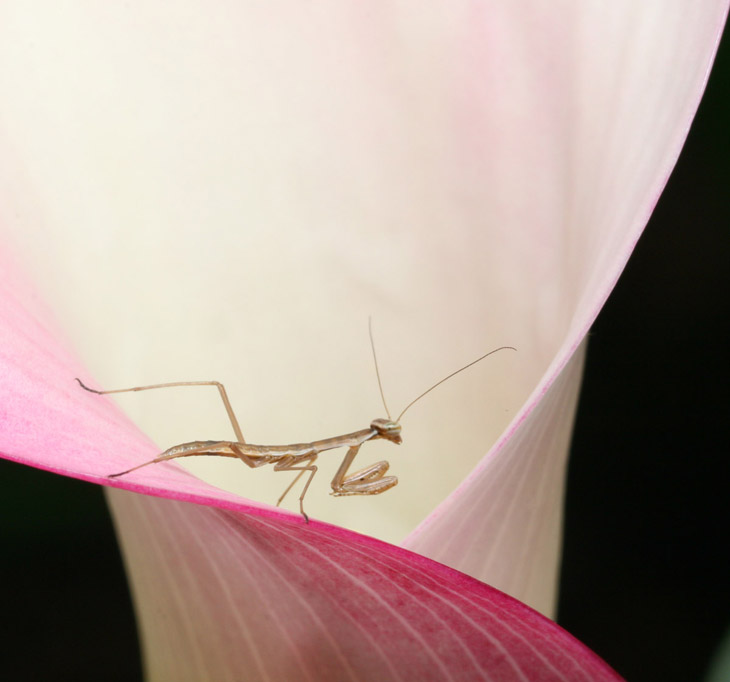As the nature photography shooting season winds down, we start looking for other things to occupy our time. I already have a podcast about winter activities and projects, so check that out, but this one is about what I’ve got planned, or am smack in the middle of.
Walkabout podcast – And more projects
A curious note: One of the projects that I mentioned in there was a focusing lever for lenses, for video work. As I was editing the audio after recording, I realized that this might be more common than I originally thought, and once I finished, took a look on Ebay. Sure enough, they make them, and I went ahead and ordered two on the spot. And then uploaded the podcast file. Which means that I struck one item off the list before I even told you about it. That’s efficiency.
The post with the cicada molting. Since the photos have time stamps, it demonstrates just how much time can be spent trying to illustrate one topic, and that’s with being there exactly as things started. Finding a subject and waiting for something interesting, much less catching the crucial action on video, is an entirely different matter, so this may be quite challenging. I’m not counting on producing a lot of video clips.
The video that came about also entirely by chance (the ‘bumping sluglies’ clip.) Again, imagine if I tried to stalk these gastropods in the hopes of seeing this occur.
I mentioned a spider shot that required a tough shooting position, and that can be found with this post. You may disagree with me on the value of these efforts…
So, a little something about major trips that I meant to mention in the podcast and forgot. First off, when intending to go someplace totally unfamiliar, especially out into forested or overgrown regions where natural subjects are best found, it’s vitally important to know what can be found there – most especially, what’s dangerous. This applies not just to things like venomous snakes, but also what kind of plants to avoid and even what form of parasites are common; vaccinations might even be in order. On top of that, knowing as much about your subjects as possible will greatly increase your odds of actually locating them, as well as capturing something interesting. What’s their habitat? When is their mating or nesting season? When do the primary food sources grow/arrive/migrate? This means research, and a lot of it, so it’s never too early to start.
And even though the funds for such a trip might be a while in coming, the planning itself can be encouraging, plus you might have an edge on bargain rates for flights or accommodations, and you’re ready should a sudden windfall occur in your financial situation (like, you know, someone deciding to help fund a trip by purchasing a lot of prints.) So mentally change it from, “sometime in the future,” to, “let’s get this all hashed out now.” It can’t hurt.
And below, one of the images that will be in the upcoming exhibit. Not too creepy, right? I think I can get away with this one, a nice balance of bug and fart. At least to me, but what do I know?

















































